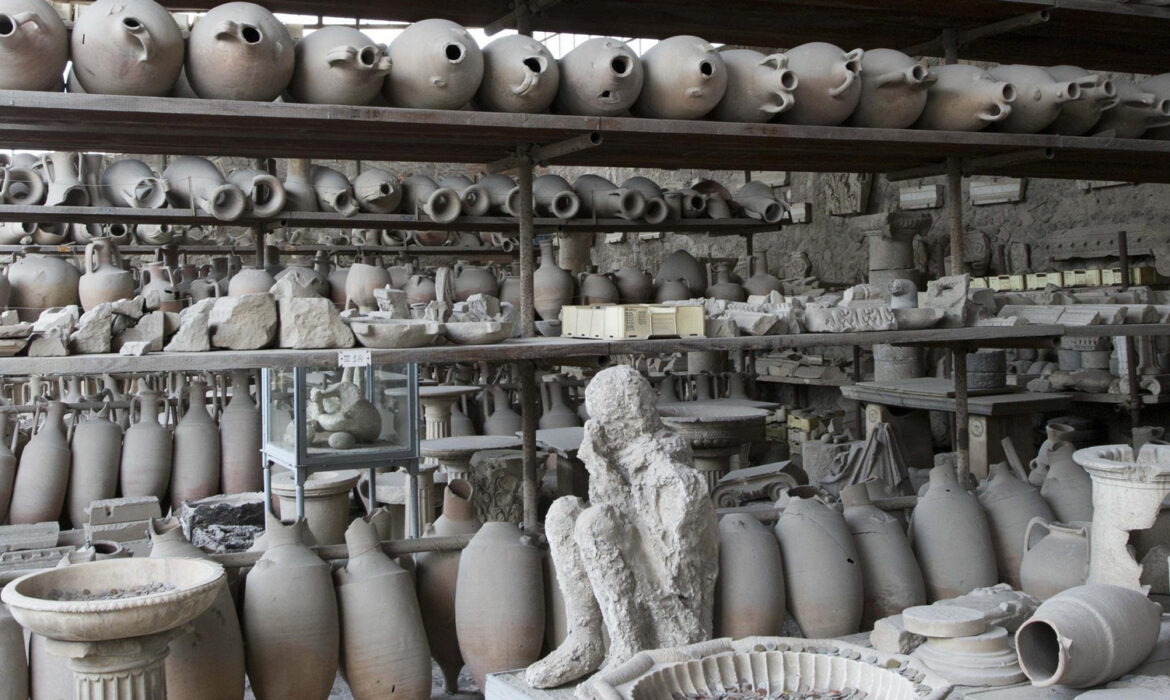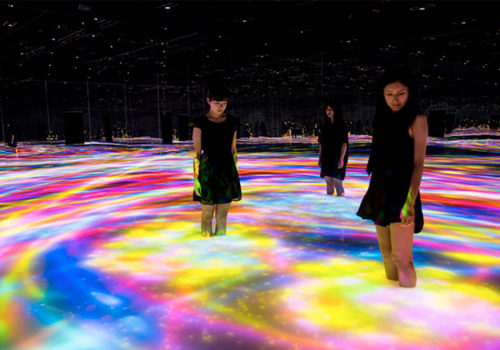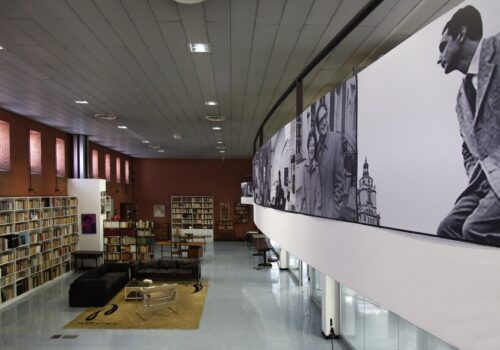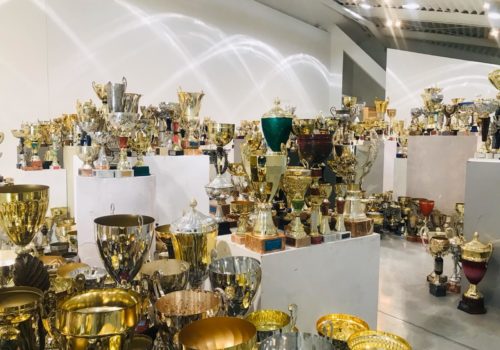A combination of archaeology and contemporary art to reinforce the perception of the site’s cultural heritage
Digital fellowships assigned to internationally-renowned artists, designers and researchers to reinforce the perception of Pompei’s archaeological heritage and make it accessible to be enjoyed in different modalities, languages and points of view. In an era of digital transition, the goal is to enhance the potential for transforming material and documentary resources, generating a multiform dialogue between archaeology and contemporary art that can foster plurality of interpretation and accessibility to the archaeological heritage, and the many stories connected to it: from the study of design to the revelation of painting, from the web culture to digital performance and identity, from the relation between image, architecture and sound to sensory olfactory communication.
These are the distinctive characteristics of the project installed at the Pompei Archaeological Park for the fall season, as part of “Pompei commitment. Archaeological Matters”, which inaugurates a new phase in the annual Digital Fellowship programme – under the guidance of Stella Bottai and in collaboration with Cura magazine, – fellowships for creative experimentation, studio art-work and on-site and remote experimentation, awarded to the first seven participants. The initiative begins with Anri Sala, an artist of Albanian origin specialised in the visual arts, who just posted the first part of his work (the second part will be completed in October); it will be followed, chronologically, between November 2022 and July 2023, by the work of Rose Salane (curator and conceptual artist from New York), Allison Katz (Canadian painter), Miao Ying (contemporary artist and writer of Chinese origin), Formafantasma (a design studio based in Milan and Rotterdam) and Legacy Russell (American curator, writer and author) and Sissel Tolaas (Norwegian artist and researcher).
The programme, explain the organizers, «promotes artistic and curatorial research within the unique, trans-temporal, multi-species and stratified context of Pompei», encouraging «open experimental methodologies, led by innovative approaches».
From a practical point of view, the beneficiaries of the Digital fellowships have been invited to develop “expanded” research, both remotely and on site, concentrated on Pompei and on the aspects tied to its symbology and its meaning, with access to the archaeological resources, documentation in the archives or newly produced, scientific literature and other research material; and with the possibility of collaborating with the professionals and researchers in Pompei, archaeologists, anthropologists, archaeo-zoologists, archaeo-botanists, geologists, chemists, architects, conservators. At the end of the research period, each participant will share the results of their work on the programme’s digital portal.
For an idea of the possible results – many in terms of the forms, languages and tools that were used – and the new points of view on the heritage of Pompei that can emerge from the programme, let’s start with the work of Anri Sala, the first fellowship “recipient” to present his work, posted on September 1st on the Pompei Commitment portal. The research of the Albanian visual artist is concentrated on the remains of the two victims of the eruption of Mount Vesuvius, discovered in 2020 during the excavations at Civita Giuliana, which the author places parallel to a double flute (aulos in Ancient Greek, tibia in Latin), found during a previous excavation on the site. Sala works on «the relation between the two victims and the double musical instrument, imagining a composition the duration of which corresponds to the void left by the two bodies», with a final piece that represents a sort of elegy dedicated to the ancient inhabitants of Pompei. The work is divided into two parts: the first – “Side A” – just released, the second – “Side A too” –, will be online on October 6th; the work will end with the release of a limited-edition vinyl album.
The initiative centred on the Digital fellowships, as stated previously, is part of the greater project “Pompei commitment. Archaeological Matters”, a long-term contemporary art programme instituted by the Archaeological Park, conceived in 2020 by Massimo Osanna, the General Manager of the National Museums and Andrea Villani, director of Rome’s Museum of Civilisations, under the supervision in 2021 of Gabriel Zuchtriegel, General Manager of the Park. After the first two years of activity – «centred on the configuration of the archaeological site of Pompei as the foundation for alternative forms of knowledge» – the first printed publication about the programme will be released. The book «Pompei Commitment. Archaeological Matters: 2020-2022» gathers and enhances the contributions of the over sixty artists, curators, writers, activists and archaeologists who, invited to think «with and through Pompei», a potential site for research on contemporary themes, shared reflections, proposals and answers that encompass various media and formats, from poetry to interviews, from film to drawing, from photography to collage.
Cover photo: © Giovanna Silva, Humboldt Books
© ALL RIGHTS RESERVED



















